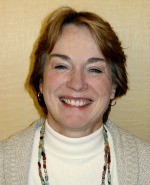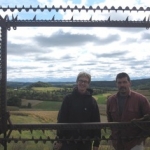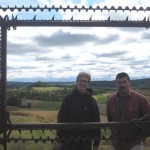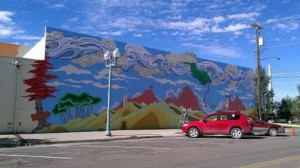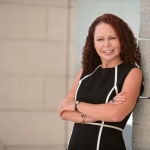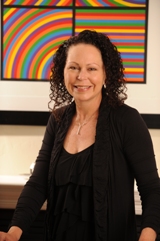
Michele Anderson
Young Artists in Small Towns: Contexts of Creativity
Posted by Feb 23, 2014

Michele Anderson
I live in a small town, I am an artist, and I am young.
In my work helping other artists with their careers, I spend a lot of time thinking about the types of resources younger artists need in rural communities. For the most part, this means just what you would expect: developing or identifying ways to help them find funding, sell their work, or learn new skills. But I also want to think more deeply than that: What kind of unique resources might actually motivate young artists to create art in the first place, be connected to their community and stick around to provide the strong, innovative leadership that small towns need right now?
In other words, what are the conditions of creativity and talent development in a small town, and how does this affect the $100 million-dollar question of rural America: Why do our young people stay or go?
Here at Springboard for the Arts' rural office, working with and encouraging younger artists has become a priority. Last Saturday, we led a day-long creative placemaking workshop on the role of art in historic preservation and economic development as part of our Imagine Fergus Falls initiative. Much to our surprise and delight, this workshop attracted a powerhouse of young artists from the region, most of whom had never met one another before.
Read More


